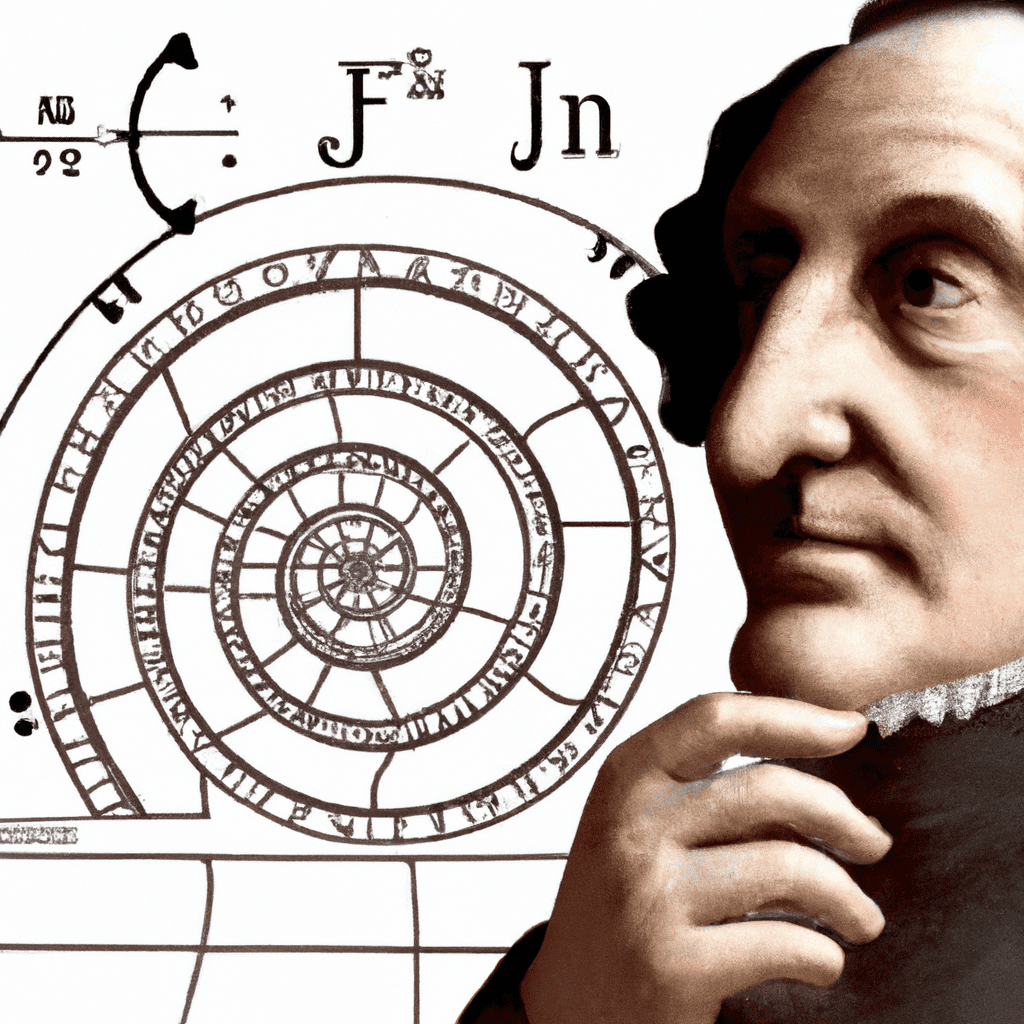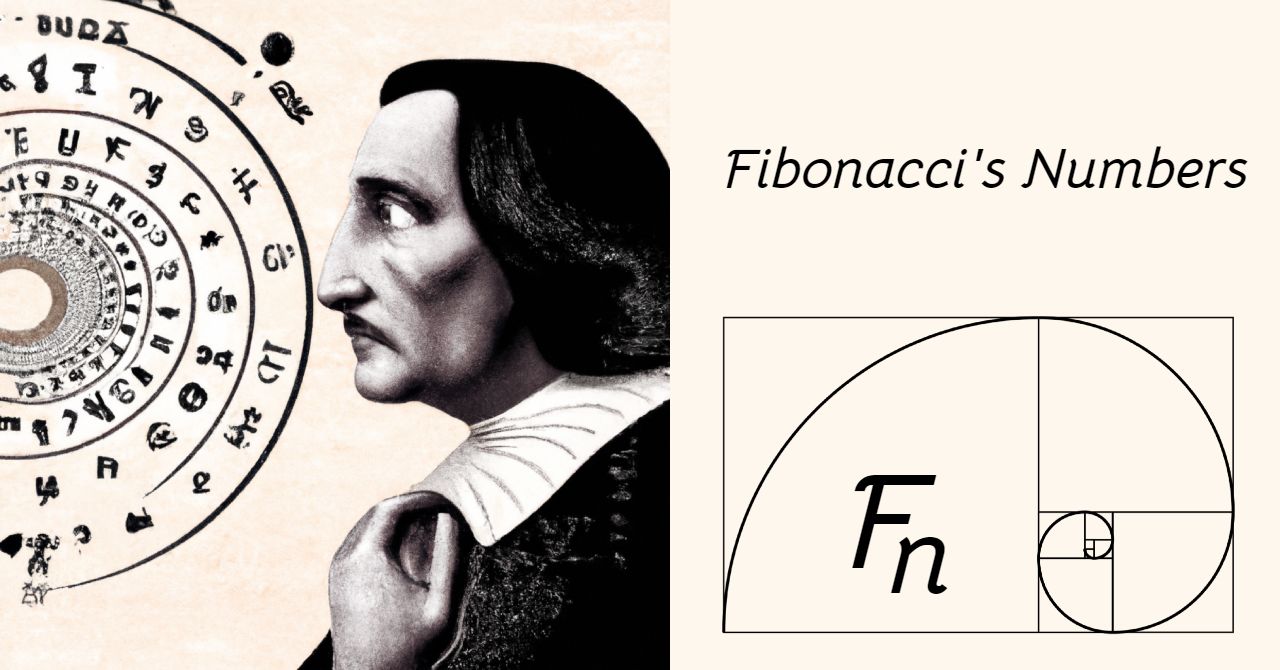Leonardo Fibonacci, also known as Leonardo of Pisa or Leonardo Bigollo, was an Italian mathematician born in Pisa, Italy, around the year 1175. He is best known for introducing the Hindu-Arabic numeral system to the Western world and for his famous sequence of numbers, now known as the Fibonacci sequence.
Fibonacci was born into a wealthy merchant family and traveled extensively throughout the Mediterranean region as a young man. During his travels, he was introduced to the Hindu-Arabic numeral system, which was more efficient than the Roman numeral system that was widely used in Europe at the time.
In 1202, Fibonacci published a book called “Liber Abaci,” which introduced the Hindu-Arabic numeral system to the Western world. The book also contained mathematical solutions to various practical problems, including trade and commerce, and introduced the concept of algebra to the Western world.

The Fibonacci sequence is one of Fibonacci’s most famous contributions to mathematics. The sequence is defined as a series of numbers in which each number is the sum of the two preceding numbers. The sequence begins with 0 and 1, and the next number in the sequence is the sum of the previous two. The sequence continues as follows: 0, 1, 1, 2, 3, 5, 8, 13, 21, 34, and so on.
The Fibonacci sequence has many interesting properties and appears in many natural phenomena, including the growth of plants, the branching patterns of trees, and the structure of certain animal skeletons. It is also widely used in mathematics and computer science, as well as in financial analysis and stock market analysis.
Fibonacci died sometime around the year 1250, but his legacy lives on through his contributions to mathematics and his lasting impact on Western society. He is widely recognized as one of the most influential mathematicians of all time and is remembered for his pioneering work in introducing the Hindu-Arabic numeral system to the Western world.

